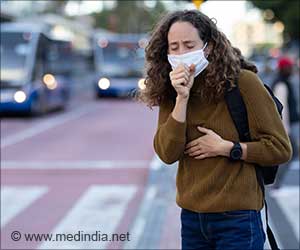Scientists in Britain say roofs and walls green with vegetation can reduce the temperature of cities as they reduce the need for air-conditioning on hot days.
Green surfaces absorb less heat from the sun. Green roofs and walls can lower temperatures by 3.6 to 11.3 degrees Celsius depending on the city, a new study has found.Scientists compared the effects of green surfaces in nine cities around the world, including sub-arctic Montreal in Canada, temperate London in Britain, humid Mumbai in India, and tropical Brasília in Brazil.
In all cases, they studied the month during which that city sees its highest temperatures.
They found that green walls and roofs would cool the local climate around a building in all the cities and the hotter the climate, the greater the cooling effect, reported the online edition of New Scientist.
The researchers compared local temperatures when buildings were made of bare concrete with when the concrete was covered in vegetation.
Such green surfaces are already in use -- roofs that are strong enough to take the additional load can be covered with mosses, turf and even trees, said researchers Eleftheria Alexandri and Phil Jones from the Welsh School of Architecture at the University of Cardiff in Britain.
Advertisement
Hot surfaces warm the air around them, so by cooling the surface, the vegetation also affects air temperatures. Secondly, the plants also cool the air by evaporating water.
Advertisement
Source-IANS
VEN/C





